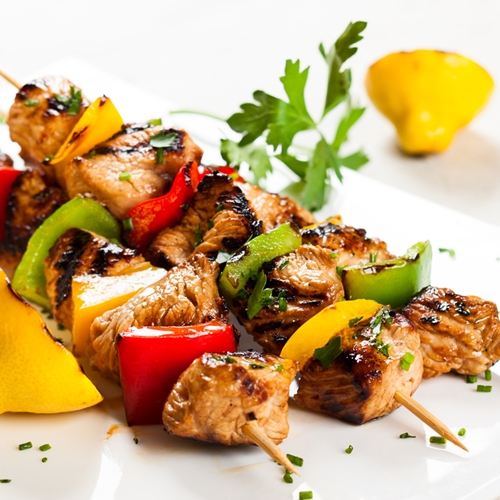 When we go out to lunch and are faced with the decision of what to eat, we are not only exploring what food means to us in a nutritional sense, but also a cultural one. Food culture, the historical, social, progressive and spiritual connotations that can be associated with a specific food or form of cooking, impacts every person daily. Food cultures determine what foods are available in specific locations or even what foods we associate with home cooking. The topic is vague and it is often difficult for sociologists and chefs alike to determine what food belongs to what food culture.
When we go out to lunch and are faced with the decision of what to eat, we are not only exploring what food means to us in a nutritional sense, but also a cultural one. Food culture, the historical, social, progressive and spiritual connotations that can be associated with a specific food or form of cooking, impacts every person daily. Food cultures determine what foods are available in specific locations or even what foods we associate with home cooking. The topic is vague and it is often difficult for sociologists and chefs alike to determine what food belongs to what food culture.
Some culinary arts programs have addressed the question of food culture and how it is created, however in today’s global society it is becoming increasingly difficult to understand what exactly the food culture of a specific location happens to be. Simon Preston of The Guardian attempted to discover what food culture meant to a few Scottish towns. He was hoping to find – beneath the cultural implants of curry houses and fast food chains – the original and local food that was meant to be cooked in these rural places. By focusing on one location, Preston decided he could apply the anecdotal and historical information that he had collected to the food. In essence, Preston was not looking for a food culture that had disappeared with time, rather he was going to take these historical tales and local produce and combine them to make what he considered a newly invented local food culture.
A box of food culture
Food culture, being such a broad subject, requires a set of parameters. Preston was clever in deciding to invent his food culture based on location. Many traditional English and Scottish towns have specific foods like the Cornish pasties that can be pinpointed given that their names entail a location. He specifically chose places that were known for little to no traditional recipes, and by doing so was allowed to create a new food history.
Preston and BBC Radio 4 chose five towns in Scotland where they would take this experiment. Looking at the landscape that surrounded the towns, be it strong rivers or rolling hillsides of barley, the area chefs and Preston found the ingredients for some local dishes. Next, they introduced the stories from community townspeople into the recipes.
“The challenge of turning people and stories into a dish was a really interesting way to do things,” Chef Stephen Terry said of his attempt at a Welsh dish. “It was actually easier that I expected.”
A broader quest
In Wisconsin, researchers are trying to establish the meaning of food culture through an interactive website. The Wisconsin Local Food Network has taken a broader approach to defining local food culture than Preston. On its site, the network is collecting multiple aspects of the food experience. From food anecdotes to songs that are part of the local food culture, researchers are hoping to gather as much information as possible.
The issue with the Wisconsin Local Food Network’s exploration is that American food culture is based almost solely on external influences. Unlike in Scotland, in the U.S. there are very few native dishes to be found, given that most First Nations people live on reserves and the rest of the population comes from abroad. If Preston’s study was to be applied in the United States, exactly how far back would one go in attempt to gather recipes? What age of American food is the most meaningful food culture?
The brilliance and difficulty of food culture is that it is ethereal. No one item on a menu can be designated as part of only one culture. Just like language, food evolves over time, and so does our interpretation of it. In the major cities in the U.S. there are small conglomerates of foreign food practices, such as the Italian or Chinese districts in New York City. These areas provide a sort of local food culture in perspective, one that attempts to stay true to a place that it is not nearby. Because of these influences, American food culture is not only the grub we tend to chomp on at baseball games and state fairs, it is the combination of a history of native ingredients like corn and the outside cooking influences of the entire world.
Preston is right: We can create our own food cultures, but all of our recipes will boil down to the way we have learned to interact and grow with our food.

